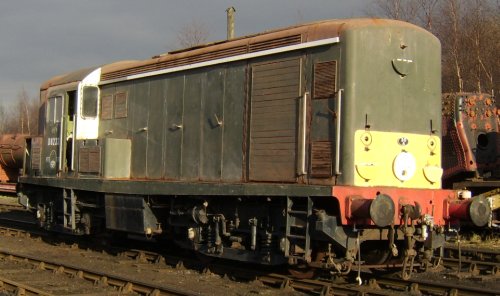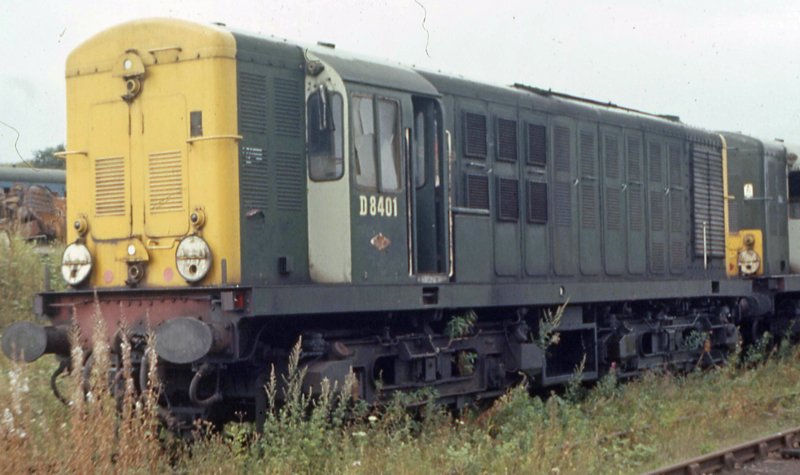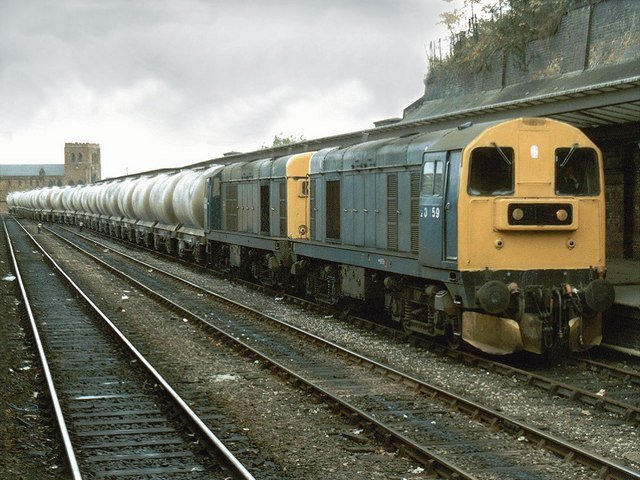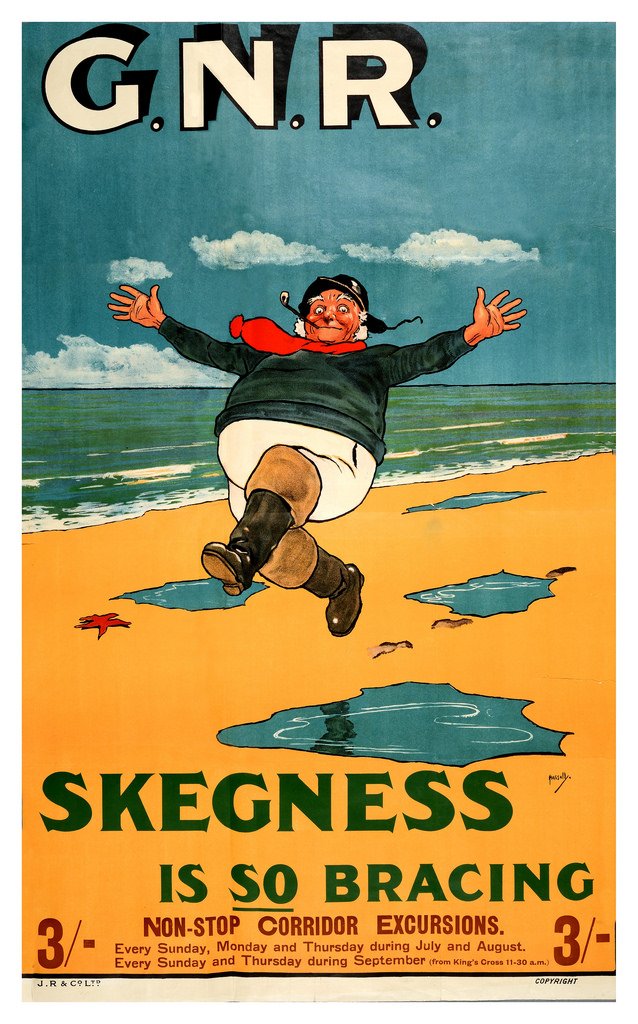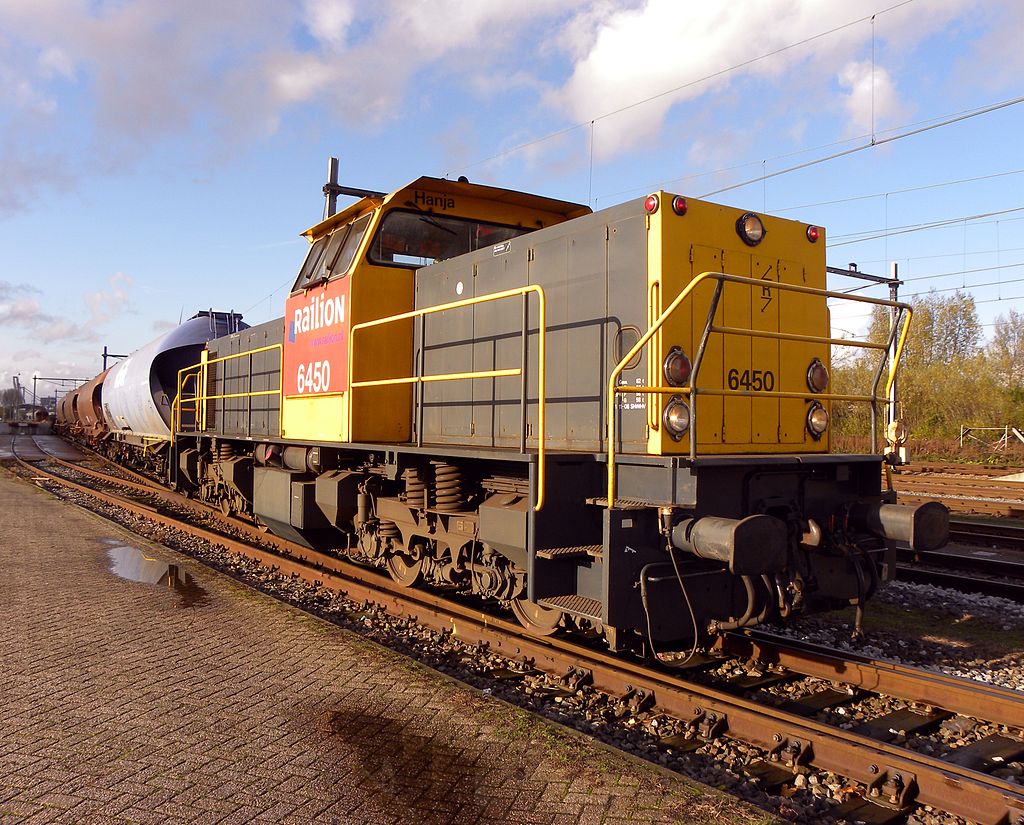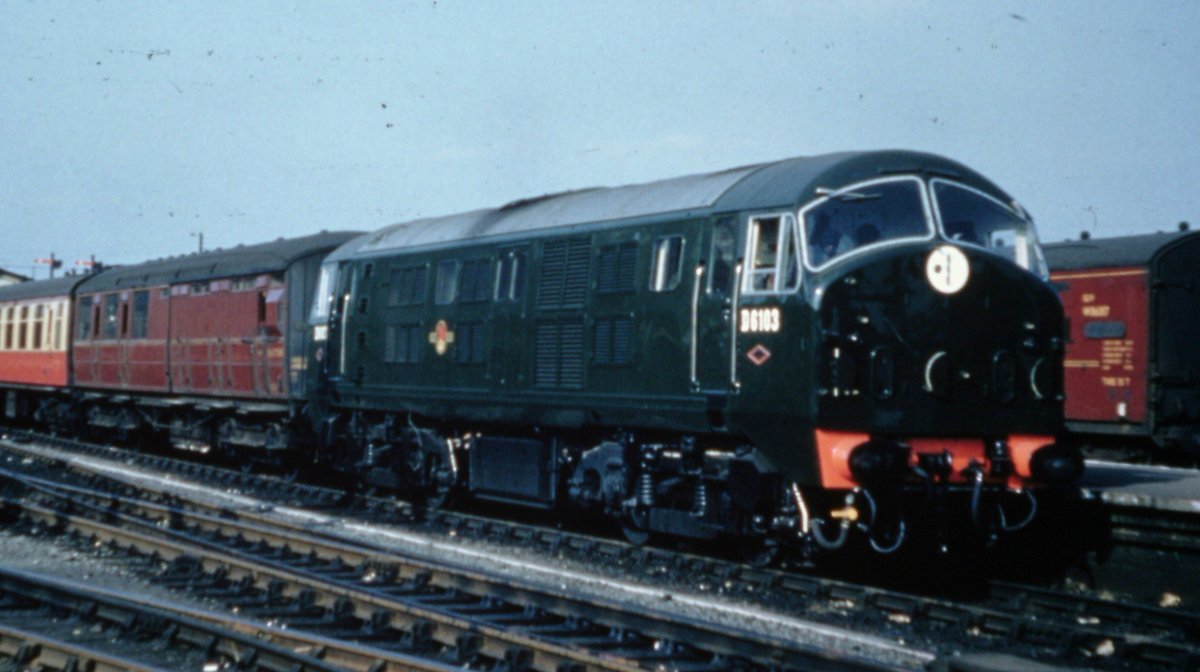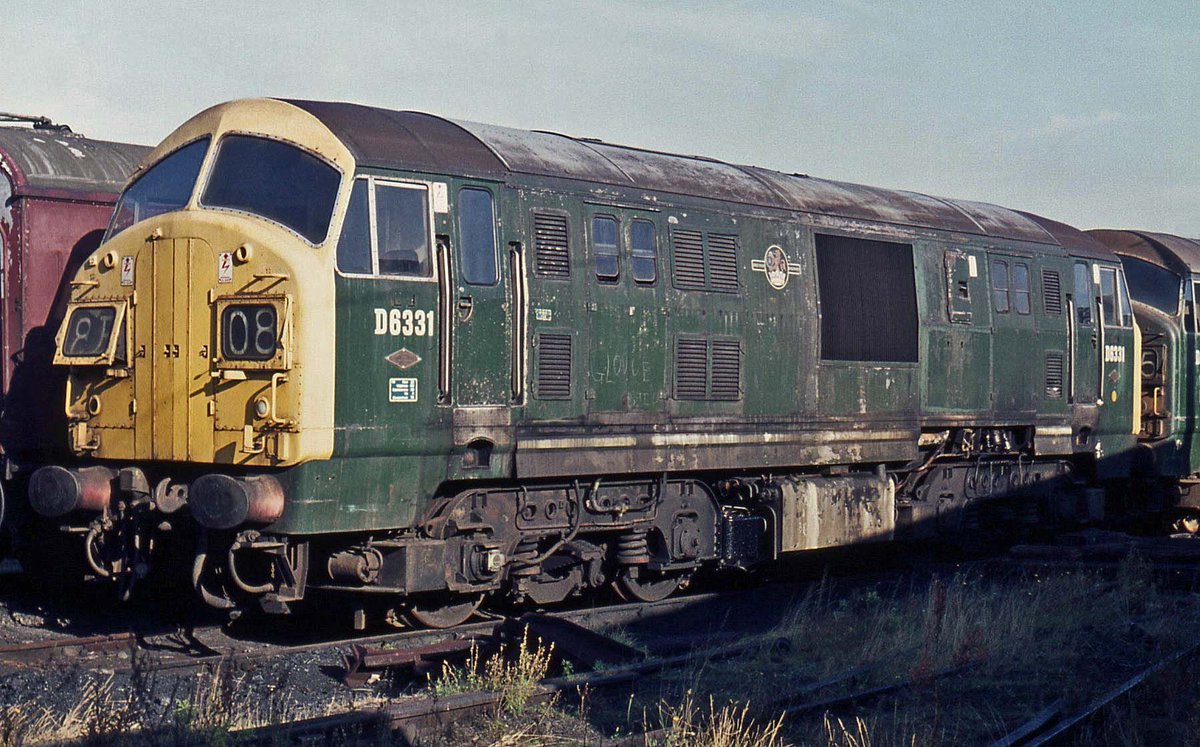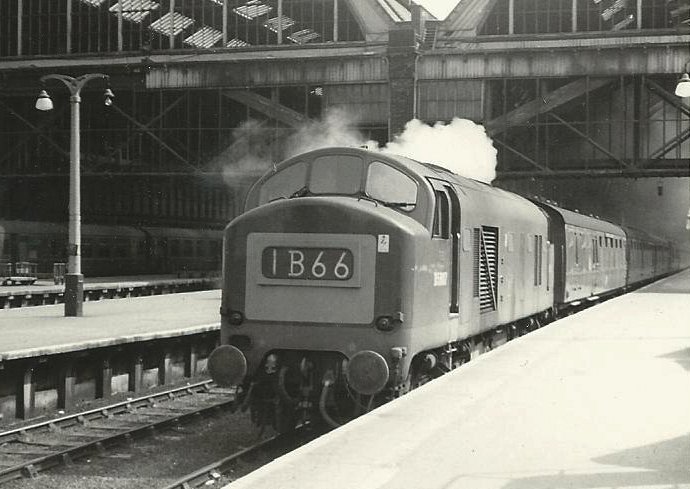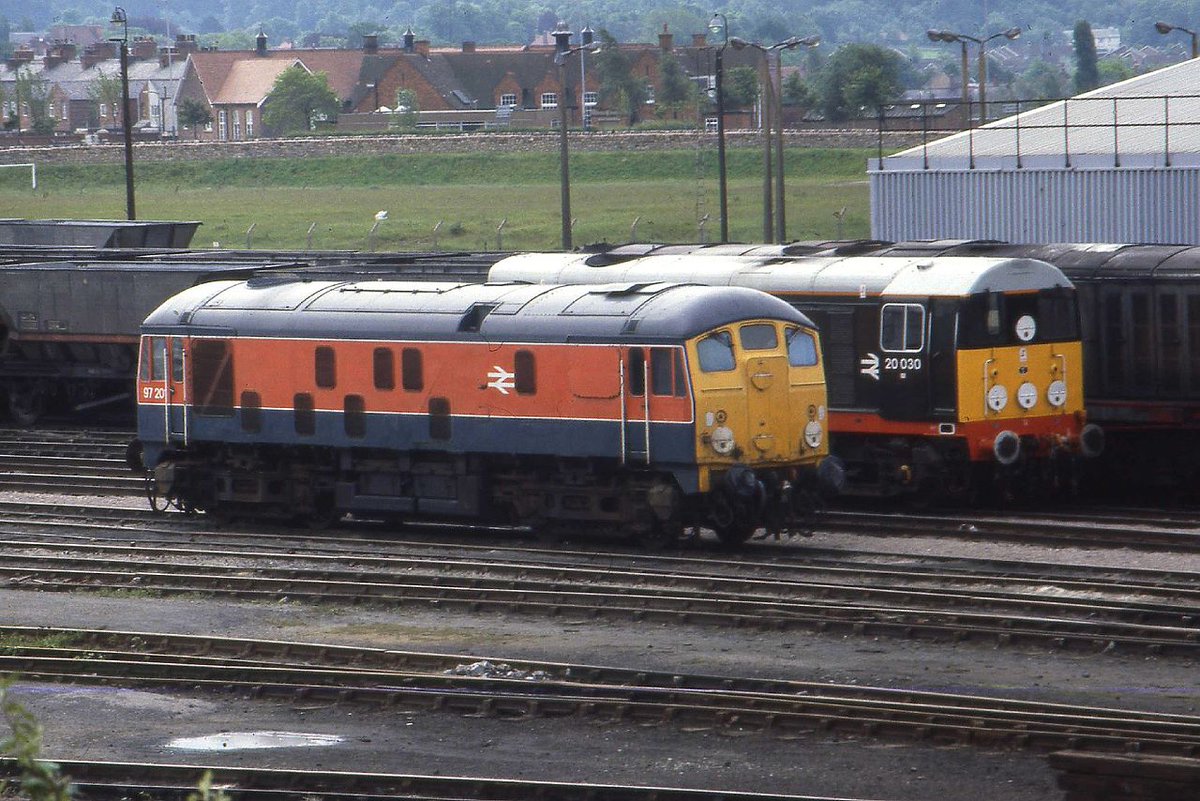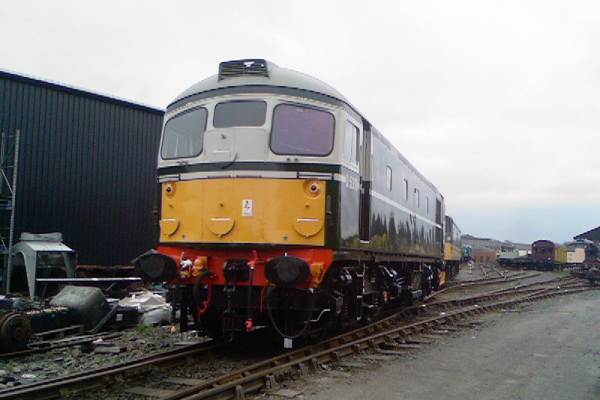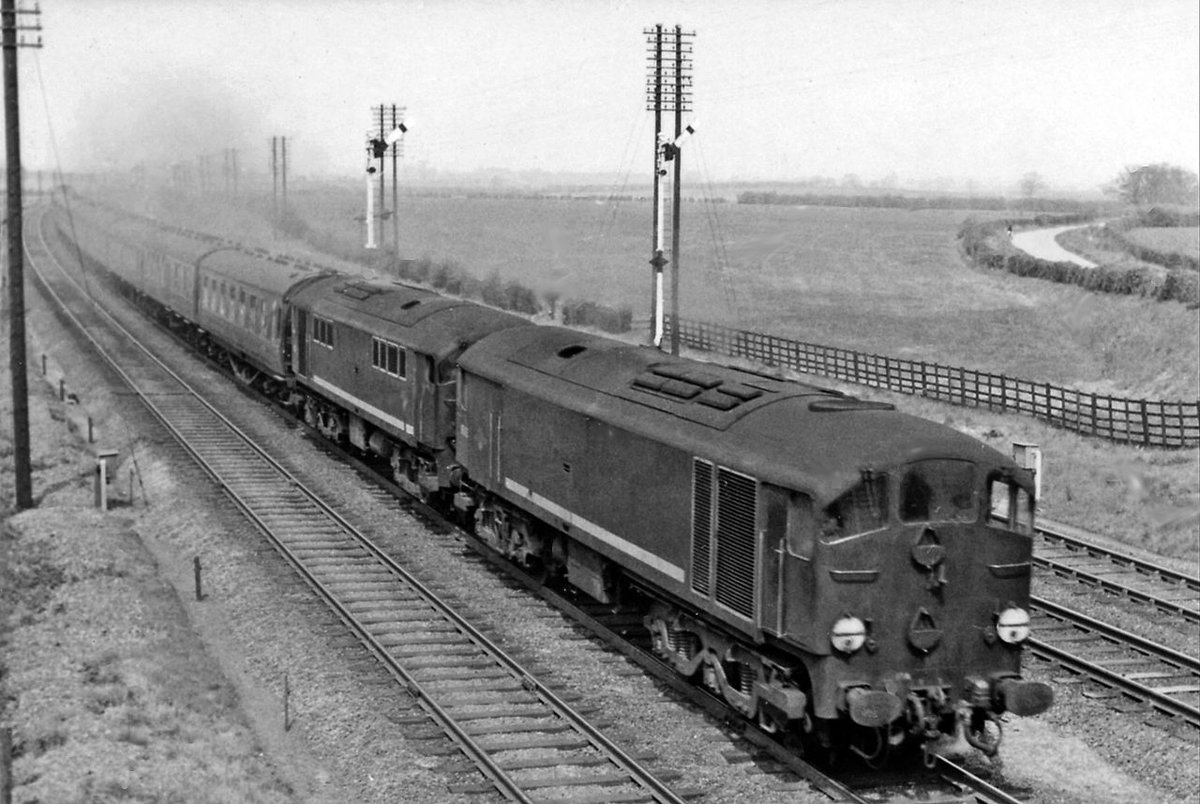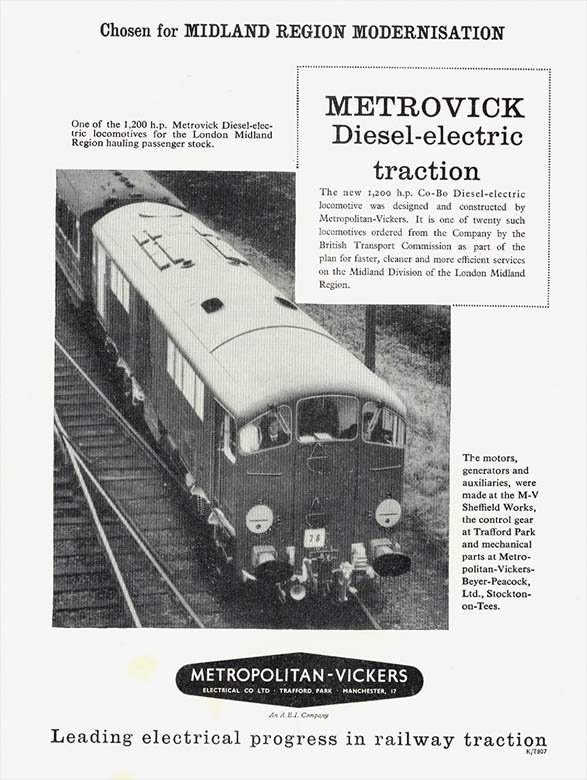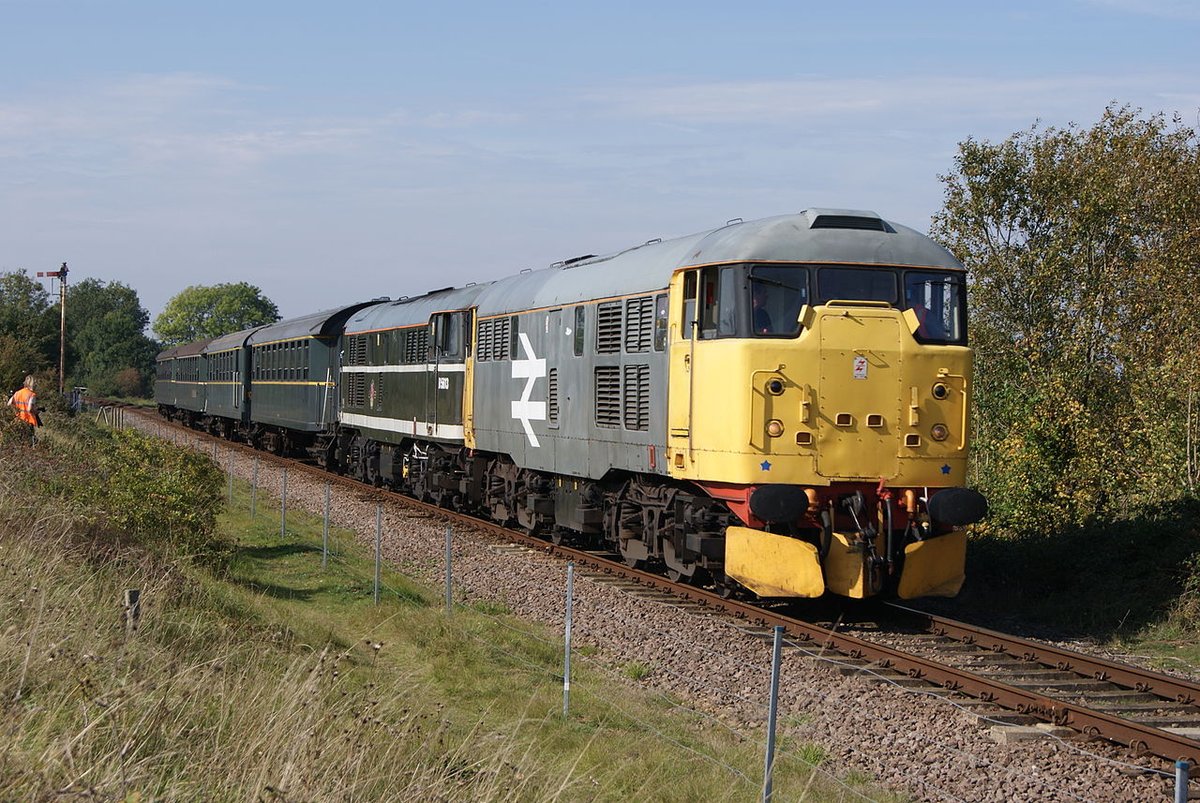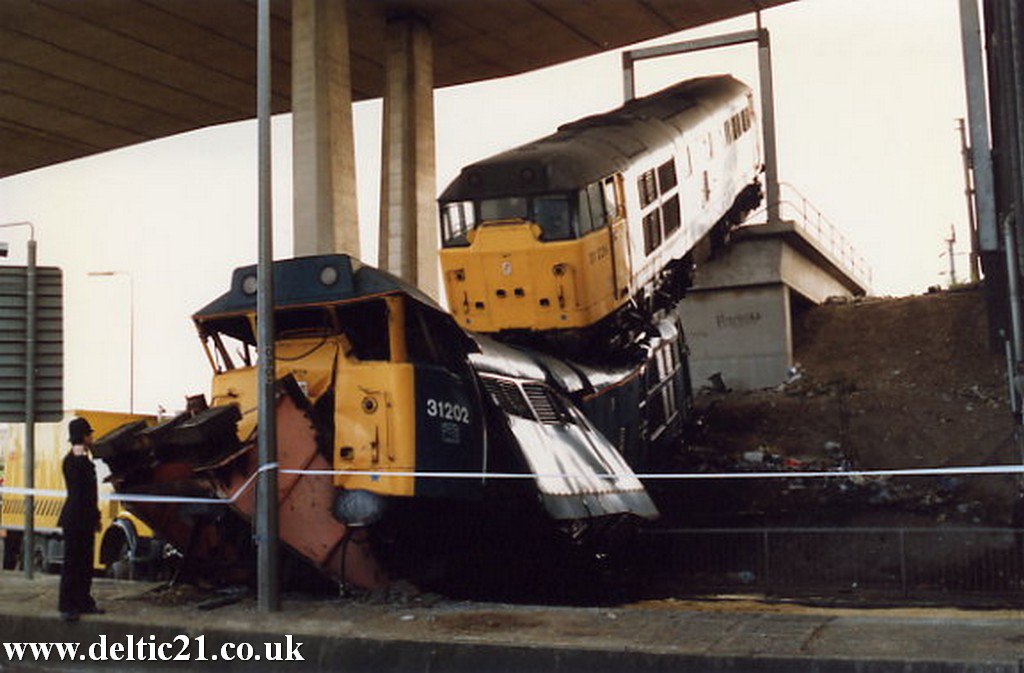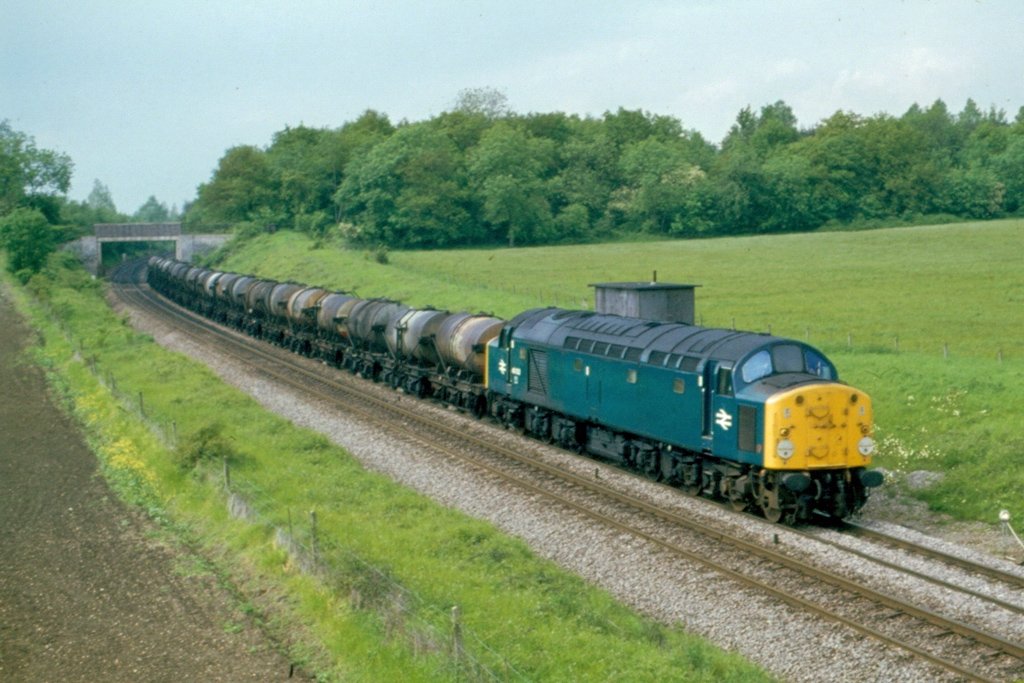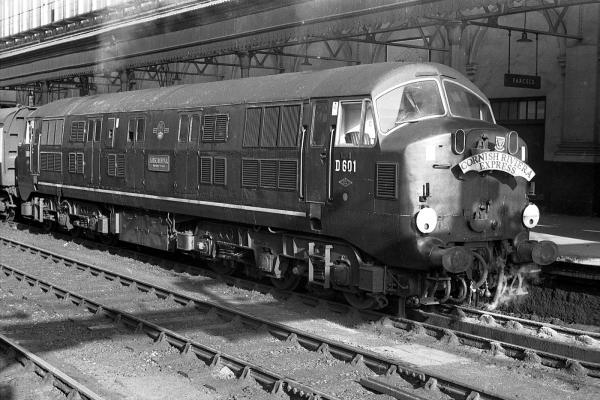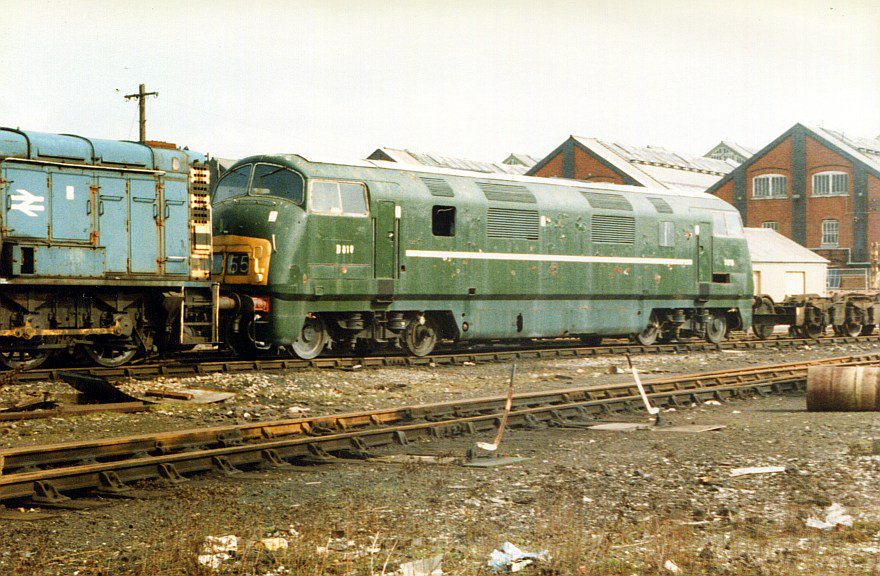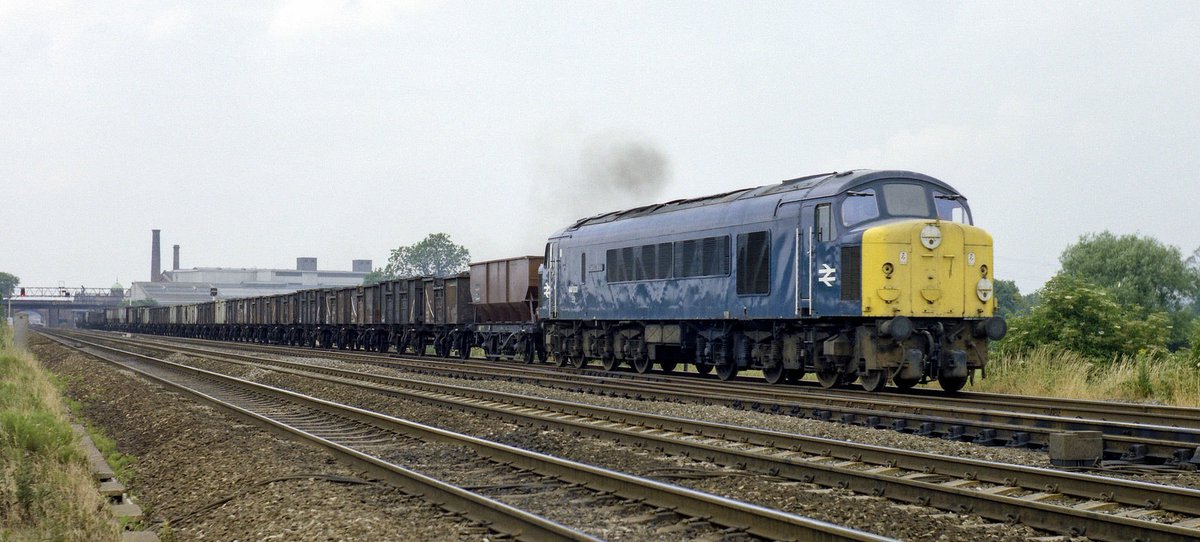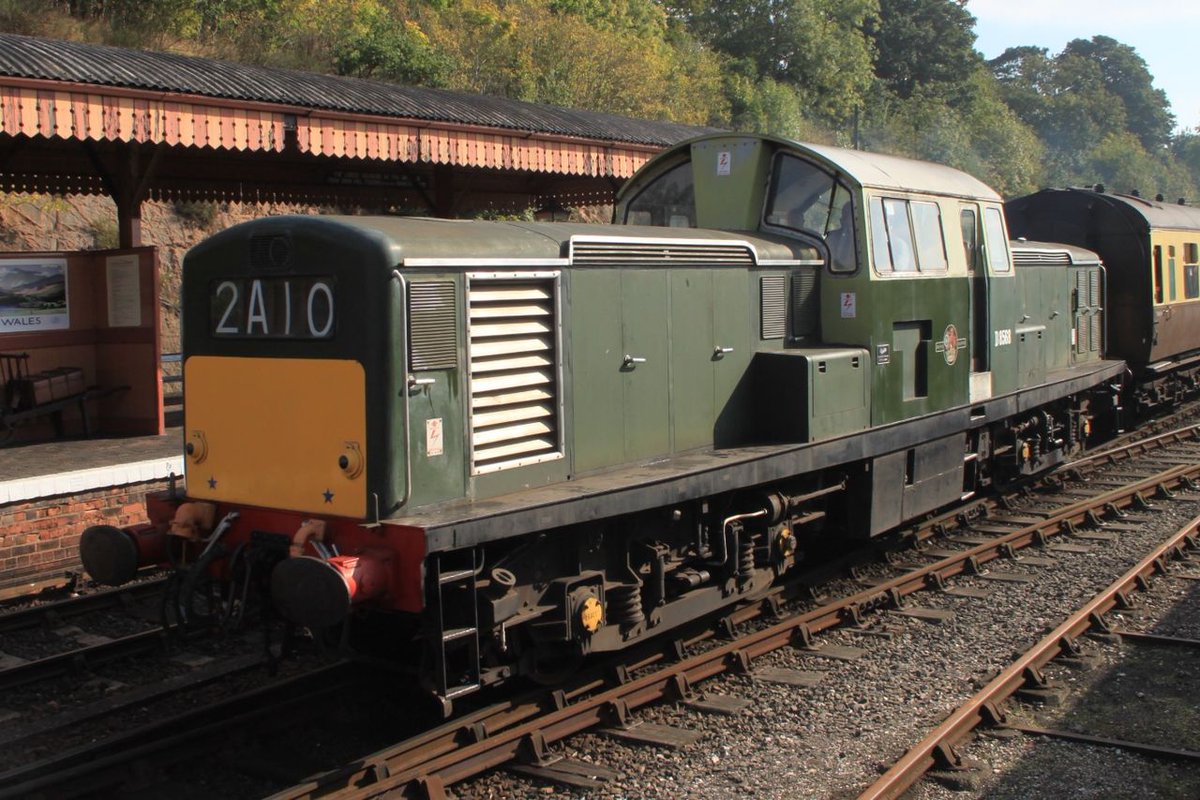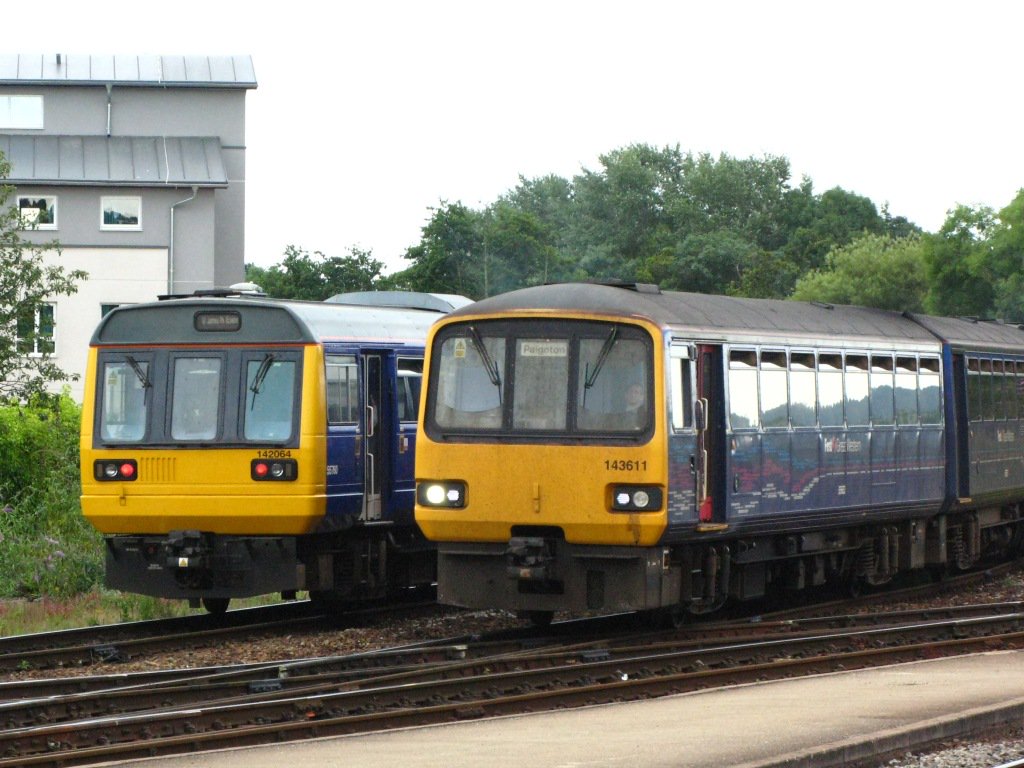I heard something on the news about the upper echelons of British government deciding to do something without the first clue about how to implement it and assumed they were talking about the British Rail Modernisation Plan of 1955.
So here it is...
So here it is...
A lot of it was fairly boring. Cutting a few lines, rationalising yards and so forth.
More exciting was the decision that dirty old sooty steam engines should be replaced with dirty new diesels, because the British are naturally sceptical of anything that actually works well.
More exciting was the decision that dirty old sooty steam engines should be replaced with dirty new diesels, because the British are naturally sceptical of anything that actually works well.
The bureaucrats did have a good idea though. They& #39;d order a load of different prototypes, see which ones worked best, then order lots of those ones.
Stunned by this unexpected moment of clarity, they then panicked and ordered a shitload straight off the drawing board instead.
Stunned by this unexpected moment of clarity, they then panicked and ordered a shitload straight off the drawing board instead.
So for anyone wondering then, this is what a drunken Chris Grayling frantically hitting eBay and smashing keys like an infinite number of monkeys would have ordered in 1955...
Class 15 - Never have so many cylinders worked so hard and so noisily to produce so little power, at least on the rare occasions the engine was actually working. The central cab made it impossible to see clearly in either direction. Ergonomics was apparently not & #39;a thing& #39;.
Class 16 -Took the same engine and bodyplan as the Class 15 and somehow made it worse by ensuring the radiators couldn& #39;t get any air. Congratulations.
Class 20 - designed to move light mixed freight. Light mixed freight took one look at it and moved itself onto the roads. Despite this the class were quite successful, still being used today. Running them in pairs to make one vaguely useful, lightweight locomotive helps.
Bonus Class 20 fact - they were used on the "Jolly Fisherman" specials to Skegness, possibly the most sarcastically named service in history.
(NB: & #39;bracing& #39; is traditional British understatement for & #39;relentlessly blasted by sub-Arctic winds that are hazardous to exposed skin& #39;)
(NB: & #39;bracing& #39; is traditional British understatement for & #39;relentlessly blasted by sub-Arctic winds that are hazardous to exposed skin& #39;)
Class 21 - hang on a moment. Has someone reused the Class 21 moniker to try and hide the evidence that the original Class 21s were so embarrassingly poor? Yes. Yes they have.
Class 21 - so bad that they were rounded up and hidden away from civilisation (eg Scotland), where several euphemistically "went on fire" at the hands of disgruntled drivers.
Pretty though.
Pretty though.
Class 22 - diesel-hydraulic ordered by Western Region as part of a misguided campaign to prove that a diesel-hydraulic version of the 21 could be shit too.
Class 23 - "availability was good except for the regular major failures", it says here. It& #39;s what comes with chopping a Deltic engine in two. We& #39;ll order ten.
tldr: Half Deltic, half-witted.
tldr: Half Deltic, half-witted.
Class 26 - another class hidden in Scotland, where they operated the "Royal Highlander" express - a turn which took THREE of them working together.
I think it& #39;s fair to say these were not noticeably blessed with power.
I think it& #39;s fair to say these were not noticeably blessed with power.
Class 28 - holy fuck, but where to start with these? The unreliability of the engine was only the beginning. Each end had a different number of wheels, which made maintenance a nightmare. The exhaust was unacceptably smoky even on a railway still largely reliant on burning coal.
The engines were described as & #39;an experiment& #39;. Presumably one by the sort of scientist who lives in a remote castle and only works in thunderstorms.
Driving the thing was regularly enlivened by the windscreen falling out. For obvious reasons at least this rarely happened at speed.
The Class 28 is regularly cited as the worst locomotive ever. In a searing indictment of the preservation movement one still survives.
The Class 28 is regularly cited as the worst locomotive ever. In a searing indictment of the preservation movement one still survives.
Class 30 - these lasted until last year, sort of, which implies something went right.
They were re-engined to make Class 31s, that& #39;s what went right.
They were re-engined to make Class 31s, that& #39;s what went right.
Incidentally, who else wants to see the reintroduction of celebrity championship Class 31 wrestling?
Class 40 - Claims these were the pride of British Rail are only marginally less convincing than Michael Fabricant& #39;s & #39;hair& #39;. Lasted until 1985 in the north, which only goes to prove how grim it is up there.
Class D20/2 - another Western Region practical joke. Nicknamed warships, on the basis we& #39;d threaten to send them to people we didn& #39;t like, these were so poor they didn& #39;t even survive long enough to get TOPS numbers.
Class 42 - yet another Western Region triumph in taking German technology and somehow making it worse; despite this they were the pride of the region, which only goes to show what industrial quantities of scrumpy does to your brain.
Class 44 - known as "Peaks" and named after prominent British hills, these were a rare & #39;prototype& #39; that actually was - uprated and more powerful versions quickly followed with different class numbers.
Bonus content: realising the initial Type 1 locomotives were shit, BR were forced into drastic measures. The result was the order of 117 Class 17 locomotives.
It worked: the Class 17 was so legendarily shit that the original Type 1s now seemed vaguely acceptable. The Class 17s were discretely taken out the back of the locomotive shed and disposed of.
A bigger problem lurked. The modernisation plan was based on replacing like with like, but the way the railway worked was changing quickly. Short freight trips were being replaced with longer block workings. Most of the smaller classes were obsolete within a decade.

 Read on Twitter
Read on Twitter